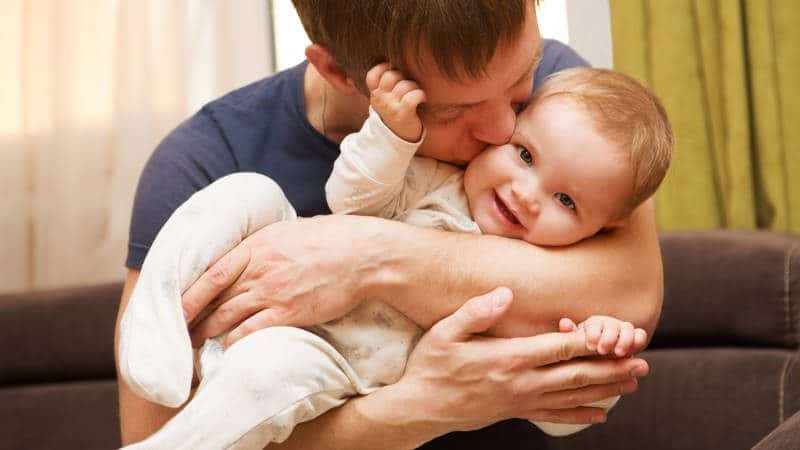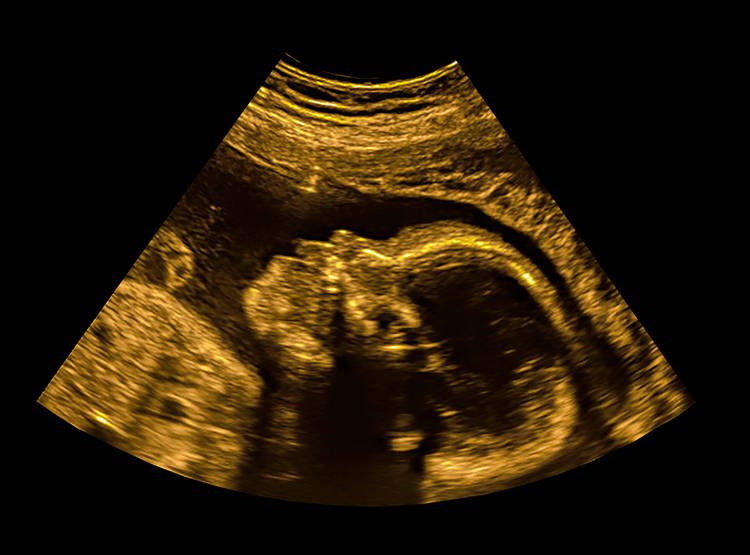Understanding how the brain forms during pregnancy gives us important insight into early human growth and development, helping caregivers, clinicians, and parents appreciate what babies experience even before they’re born.
The central nervous system, which includes the brain and spinal cord, develops in a specific sequence, starting from the lower spinal cord and moving upward toward the brain.
First Trimester: Early Brain Activity and Movement Begins
Spinal Cord Synapses and First Signals
Around five weeks after conception, approximately seven weeks of gestation, the fetus forms the first synapses in the spinal cord. This signals the beginning of fetal brain development, with early brain activity detectable through advanced imaging. These first steps are crucial to forming the neural pathways that will support movement and behavior.
Initial Movements: Tiny but Significant
Just one week later, these neural connections make possible the very first physical movements. Although subtle, these early arches and curls are visible through ultrasound. While the pregnant person cannot yet feel them, they are a meaningful sign of progress in the developing nervous system.
Expanding Motion and Body Awareness
By eight to ten weeks of gestation, the fetus starts to move its arms, legs, fingers, and toes. These movements become more complex, leading to actions like stretching, yawning, hiccuping, swallowing, and even thumb-sucking. This range of activity is a key part of sensorimotor development and brain growth during this early stage.
Second Trimester: The Role of the Brainstem in Vital Reflexes
Practice Breaths and Survival Skills
During the second trimester, fetal brain development continues with the brainstem beginning to control reflexes that support life after birth. The fetus starts practice breaths—rhythmic chest and diaphragm movements preparing the body for breathing air. Though the lungs won’t function fully until after birth, this stage is critical.
Development of Sucking and Swallowing
The brainstem also controls coordinated sucking and swallowing, which are essential for feeding after birth. These reflexes begin to appear between 12 and 16 weeks of gestation and continue to strengthen throughout the second trimester.
Milestone: Viability Outside the Womb
By 24 to 26 weeks of gestational age, the fetal brain has matured enough that a baby could potentially survive with medical support. This marks a critical point in development, where the nervous system begins taking over more complex regulation of vital functions like heart rate and temperature.
Third Trimester: Development of the Cerebral Cortex
Maturing Cortex and Advanced Brain Activity
During the third trimester, the cerebral cortex—the brain’s outer layer responsible for voluntary movement, memory, and awareness—becomes more active. While babies born prematurely may already show some cortical activity, full development continues through the final weeks of gestation.
Habituation and Sensory Processing
A key sign of advanced fetal brain development during this trimester is habituation. This means the fetus can recognize and then stop responding to repetitive, non-threatening stimuli, like a repeated loud noise. Habituation is one of the earliest forms of learning and shows that the brain is processing and adapting to its environment.
Recognizing the World Before Birth
As full term approaches, fetuses begin recognizing familiar sounds and smells. The mother’s voice, patterns of light and dark, and even the scent of the amniotic fluid all contribute to early memory formation. These sensory experiences help shape a baby’s understanding of their environment before they are even born.
After Birth: Brain Growth and Emotional Development Continue
An Immature Cortex at Birth
Although a full-term baby is born with a functioning brainstem and active reflexes, the cerebral cortex is still developing. That’s why newborns rely so heavily on caregivers. Emotional regulation, attention, and memory all continue growing through infancy and toddlerhood.
The First Years: A Window of Opportunity
Brain growth during the first three years of life is faster than at any other time. The experiences babies have during this period are crucial. Safe, stable, and responsive caregiving can support strong neural connections and help babies develop emotional and cognitive skills that last a lifetime.
By understanding how a fetus’s brain develops and the importance of early experiences, caregivers can lay a strong foundation for a child’s lifelong growth and well-being.

Read More



